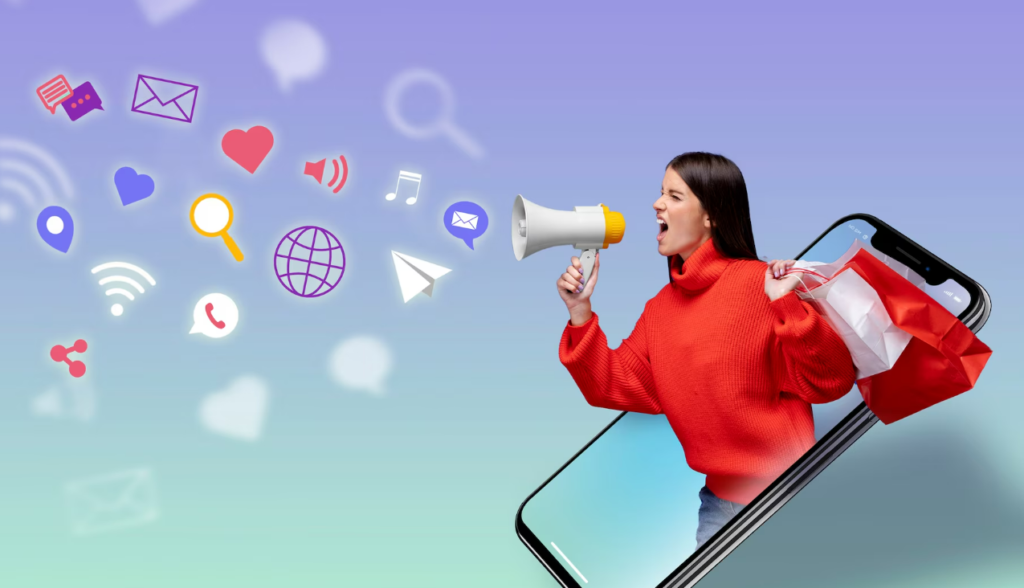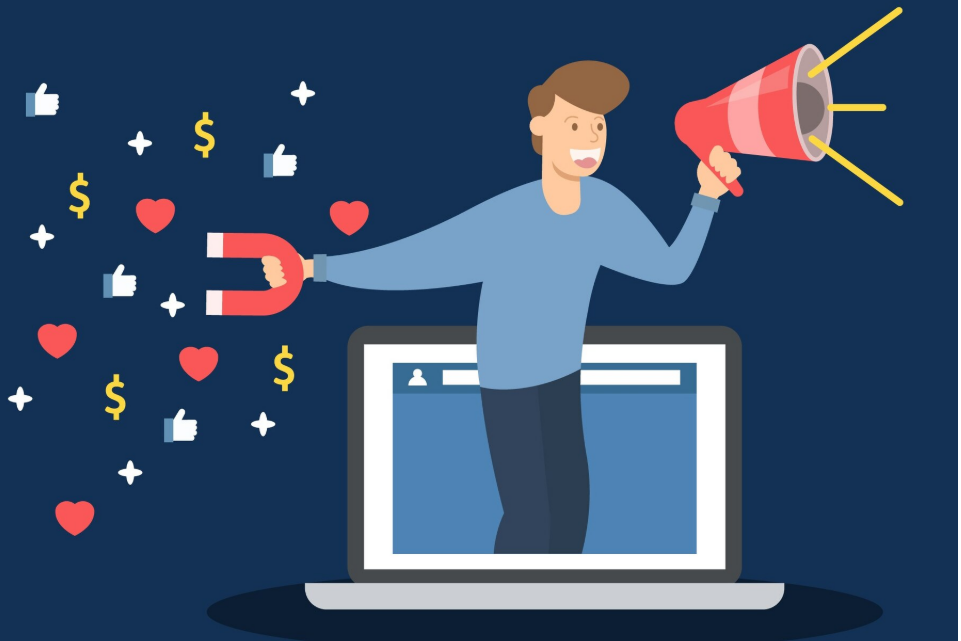In a world where people scroll faster than they blink, traditional advertising struggles to keep up. Enter influencer marketing — the modern word-of-mouth that’s redefining brand communication in 2025 .

From unboxing videos to morning routines, today’s influencers aren’t just content creators — they’re trusted voices, trendsetters, and sales drivers. They speak the language of their audience, build real connections, and know how to turn engagement into action.
Whether it’s a fashion haul on Instagram, a product review on YouTube, or a viral Reel on skincare routines — influencers are the new storefronts. And the results? Higher reach, deeper trust, and smarter conversions.
This isn’t just hype — it’s a revolution. And brands that ride this wave are winning hearts, followers, and market share.
Why Every Brand is Turning to Influencers in 2025?
🔥 1. Shift Toward Authentic Content
In 2025 , people are increasingly skeptical of traditional advertisements that feel overly polished and salesy. Influencers, especially those who share personal stories or user experiences, are seen as trustworthy voices. Their content feels organic, making followers more likely to engage, believe, and convert. Authenticity builds emotional connection, which traditional media struggles to offer.
📱 2. Rise of Micro & Nano Influencers
Brands have realized that it’s not just about follower count anymore. Micro (10K–100K) and nano influencers (1K–10K) tend to have deep relationships with their audiences, resulting in better engagement and stronger influence on buying behavior. They are also cost-effective, making them ideal for startups and local businesses to tap into niche audiences without breaking the bank.

💡 3. Short-Form Video Domination
The success of platforms like Instagram Reels, TikTok, YouTube Shorts, and Snapchat Spotlight has made short-form video the most consumed content format in 2025 . Influencers know how to hook attention within seconds, turning even mundane promotions into viral-worthy moments. These videos are quick to produce, easy to consume, and highly shareable, making them perfect for modern audiences.
🛍️ 4. Influencer-Driven Commerce
In 2025 , influencers are not just creators; they’re salespeople. Social platforms now have built-in shopping tools like Instagram Shops, Facebook Marketplace integrations, and YouTube product tagging, enabling influencers to directly drive sales from their content. Brands are seeing direct returns from influencer campaigns through affiliate links, discount codes, and live selling sessions, especially during festive seasons or product launches.

📊 5. Better ROI Tracking
Gone are the days of guessing the impact of influencer marketing. With advanced analytics tools, brands can now track campaign performance in real time. Metrics like engagement rate, click-through rate, cost per lead (CPL), cost per acquisition (CPA), and ROI help marketers justify their budgets and scale up successful partnerships. This transparency builds trust between brands and influencers.
🌐 6. AI-Powered Influencer Matching
AI and machine learning have revolutionized influencer discovery in 2025 . Tools now analyze an influencer’s audience demographics, engagement behavior, brand affinity, and even fake followers. This allows brands to precisely match with creators who align with their goals and values, ensuring a higher probability of success. AI also helps predict campaign outcomes, making influencer marketing more predictable and scalable.
👥 7. Gen Z & Alpha Influence
These younger generations form a massive chunk of online consumers and are highly active on social platforms. They prioritize authentic voices over celebrity endorsements. Influencers resonate with them because they reflect real lifestyles, raw emotions, and social consciousness. For Gen Z and Gen Alpha, buying a product recommended by their favorite influencer is a form of self-expression.

🧠 8. Creative & Viral Edge
Influencers are constantly experimenting with memes, trends, challenges, and storytelling techniques. They know the language of their platforms and followers, allowing them to create thumb-stopping content that often outperforms big-budget ads. Their ability to go viral quickly makes them the go-to choice for product launches, event promotions, or trend hijacking.
✈️ 9. Global Reach with Local Flavor
Influencer marketing allows brands to scale globally while maintaining a hyperlocal touch. Whether you’re targeting Punjabi-speaking audiences in India or urban Gen Z in New York, there’s an influencer who speaks their language—literally and culturally. This localization is crucial in 2025 ’s diverse, multicultural digital world.
🔒 10. Cookieless Future
With increasing privacy concerns and the end of third-party cookies, traditional digital advertising has lost a key targeting tool. Influencer marketing is now seen as a privacy-respecting alternative that doesn’t rely on personal data. Instead, it builds reach and engagement through human connection and community trust — something that algorithms alone cannot replicate.
📌 Conclusion: Should Brands Go for Influencer Marketing in 2025 ?
Absolutely — influencer marketing is no longer optional, it’s strategic. Brands looking to build trust, drive engagement, and convert digitally savvy consumers must embrace it. Whether you’re launching a new product, entering a niche market, or trying to stay culturally relevant, influencers offer an unmatched edge.
Ideal for:
- D2C brands, fashion, beauty, lifestyle, food, and tech startups
- Local businesses targeting specific regions or communities
- Digital course creators, coaches, and service providers
- Brands aiming to build authentic, long-term communities
Not ideal for:
- Brands without a clear online presence or product-market fit
- Highly regulated sectors (like pharma or finance) without strict compliance guidelines
- Businesses unwilling to invest in creative storytelling or influencer partnerships
In short, if your brand is consumer-focused and willing to be authentic, influencer marketing in 2025 is a powerful growth tool
